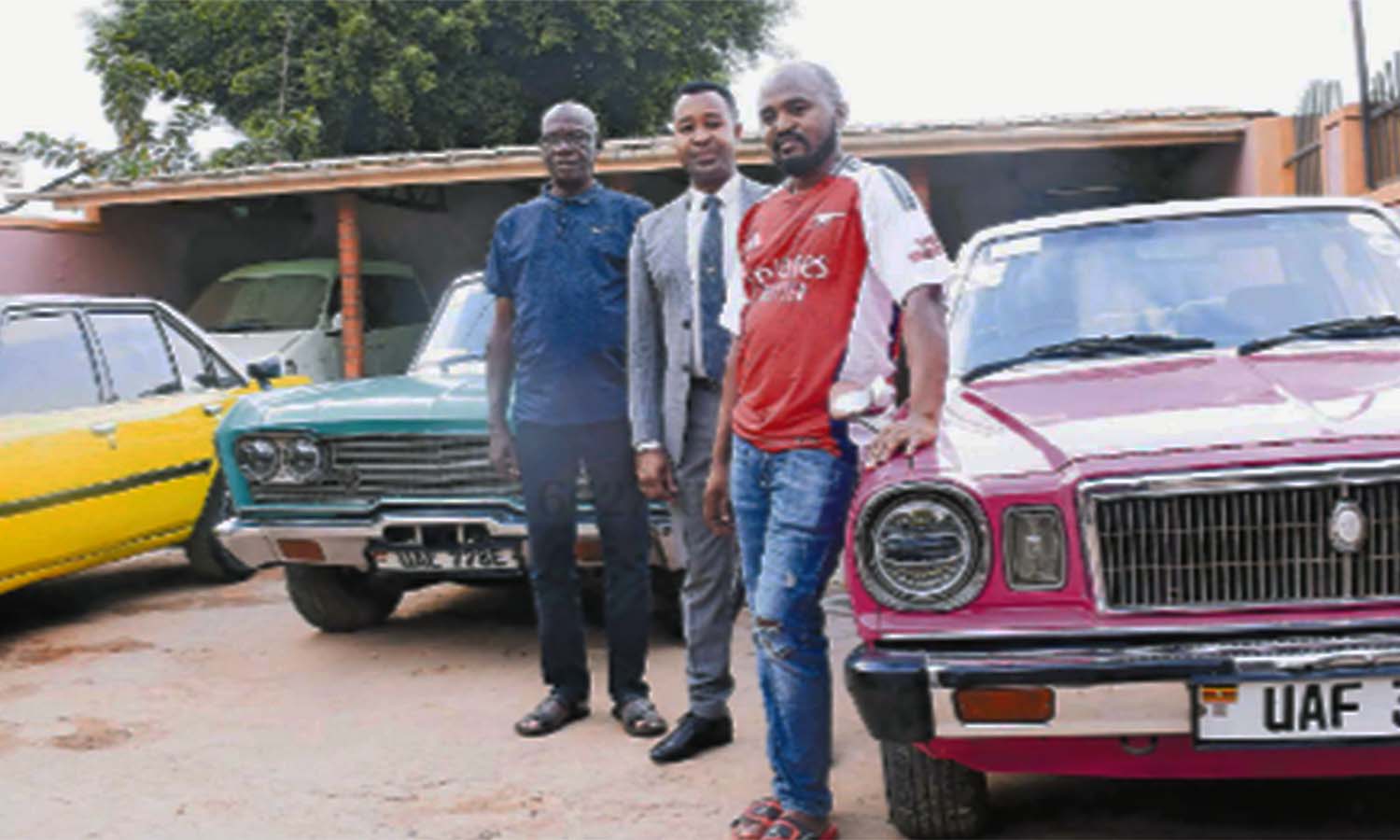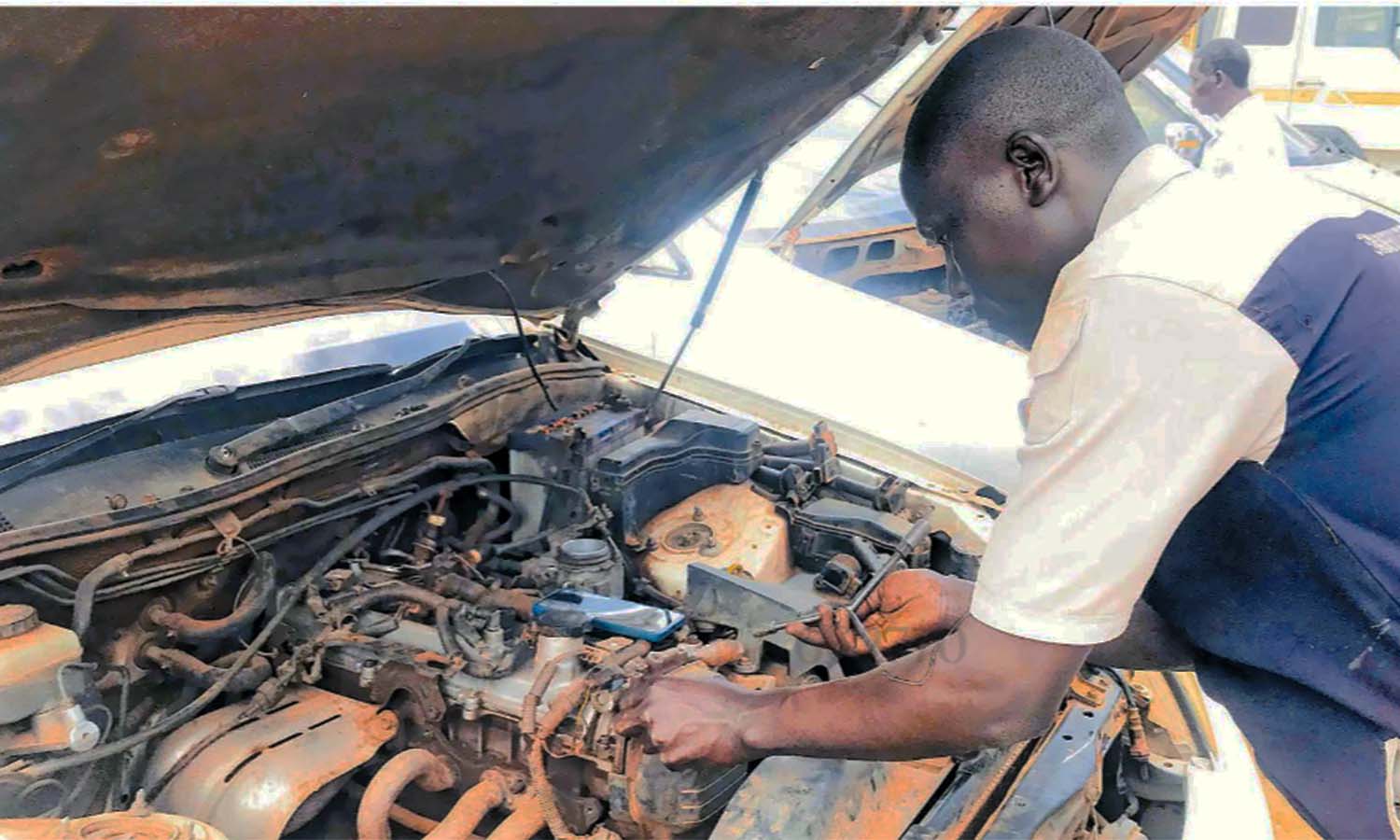Prime
New driver? This is what you need to know

What you need to know:
Last week, a colleague found two ladies whose car was stuck in the parking lot of one of the supermarkets in Kampala.
As a new driver, you need to have basic information not only about driving, but also about the car you are driving, Christine Katende explains.
Last week, a colleague found two ladies whose car was stuck in the parking lot of one of the supermarkets in Kampala. He says the reason the car had failed to start was probably because it had over heated.
When he walked up to them and asked them to open the bonnet so that he could check for the problem, the ladies did not know how to open the bonnet. They spent about two hours looking for the switch but failed to see it.
The person driving that car was a new driver.
I think this experience is not unique to those ladies but a number of people get onto the road even when they do not know much or anything about the cars they are driving. This brings a question to mind, when is the right time to get on the road?
Necessities for new driver
Ronnie Matagara, a driving instructor and a defensive trainer at Prestige Driving School says one should know the basics such as how to join the road, braking, accelerating, and checking for the engine oil, water in the radiator, battery terminals, and light operations, among others, before getting on the road.
“People who come for driving lessons are normally equipped with basics in driving or vehicle introduction.
This involves an explanations of how different things in the car work and when to use them. In the same way, it helps the driver to easily detect a problem that might arise during the course of a journey thus avoiding an accident,”
Have a co-driver for a few weeks
Matagara also stresses that before a new driver gets onto the road, they should have a co-driver to continue guiding them for at least two to three weeks. “Within this period, you should possess a temporary driver’s permit which after gaining confidence on the road, they will be issued with a real permit.
Knowledge about driving along with other drivers
“A driver should know how to drive along with other drivers since they drive more than one car. This means that you should know how to use the mirrors which help you see whoever is behind you, in front and on the other side like boda bodas and pedestrians.
You also need to be able to leave enough space (at least five metres head room) between your car and the one in front of you to avoid colliding,” he reveals.
Knowledge about your car
Matagara further reveals that, “Getting on the road does not only mean moving the car but about the interior and exterior,” adding, “People need to check for things such as dents, tyres, leakages, insurance, mirrors, seat belt, water levels, engine oil, battery terminals exhaust pipes, brake fluid, coolant before starting the car no matter how long it has been packed. Don’t forget to move along with a spare tyre, reflective triangle, a tool kit, and jumpers, among others.”
He cautions drivers to always get rid of any loose objects such as bottles and umbrellas in their cars to avoid accidents,” he says.
Have a permit
On the other hand, Charles Odikor, the head Inspectorate of Vehicles (IOV), notes that for one to qualify as a professional driver, they must have undergone a three –month driving course and certified by a licensed driving school along with one of the police testing centres.
Odikor adds that a driver must possess a genuine permit or license that allows him or her compete with other road users. The license class depends on what the person has been trained in.
Be of age
He, however, clarifies that not everyone can be granted a driving apart from adults who are 18 years and above and must have under gone a medical examination to ascertain his or her physical fitness.
Odikor says, “Normally, those who pass the driving test at IVO are given a certificate of competence and it is this along with the medical form a person presents before he or she is given a driving permit.”
He cautions drivers to always follow road rules and regulations and also be patient and careful so as to reduce on the number of accidents that claim people’s lives and property.
DRIVING TIPS
How to drive at night
Mr Matagara notes the need to use deem lights more if a person is driving within the city centre. This is because of the so many vehicles and the speed at which people drive. However, he says it is okay for one to use full lights if driving on a high way because this gives him or her chance to see a far distance.
In bad weather
In bad weather, especially during the rainy season, Matagara advises drivers to always turn on the fog lights, avoid sudden braking, accelerating in turns and also drive at a relatively low speed since most of the roads are slippery which increases the chances of getting off the road or causing an accident.
When and how to overtake
Overtake only when it is safe, legal and necessary. According to Mr Odikor, this should not be at a corner, sharp bend, blind corner, zebra crossing or a steep hill as you might not be able to see what is ahead of you. Always indicate before you overtake to alert the person ahead of you that you are about to overtake.
COMMON MISTAKES
• Unnecessary overtaking
• Driving while taking on the phone
• Driving too closely
• Joining the road badly
• Driving on pavements
• Unnecessary hooting




